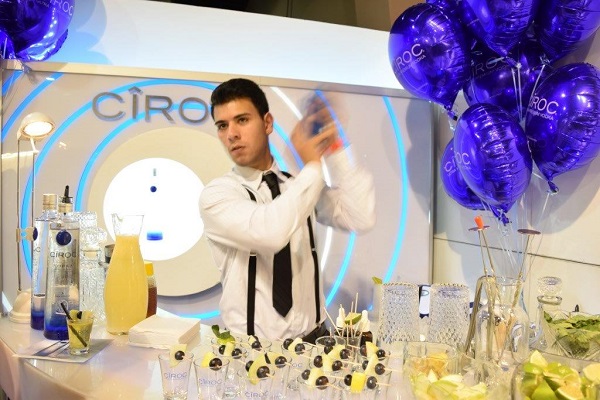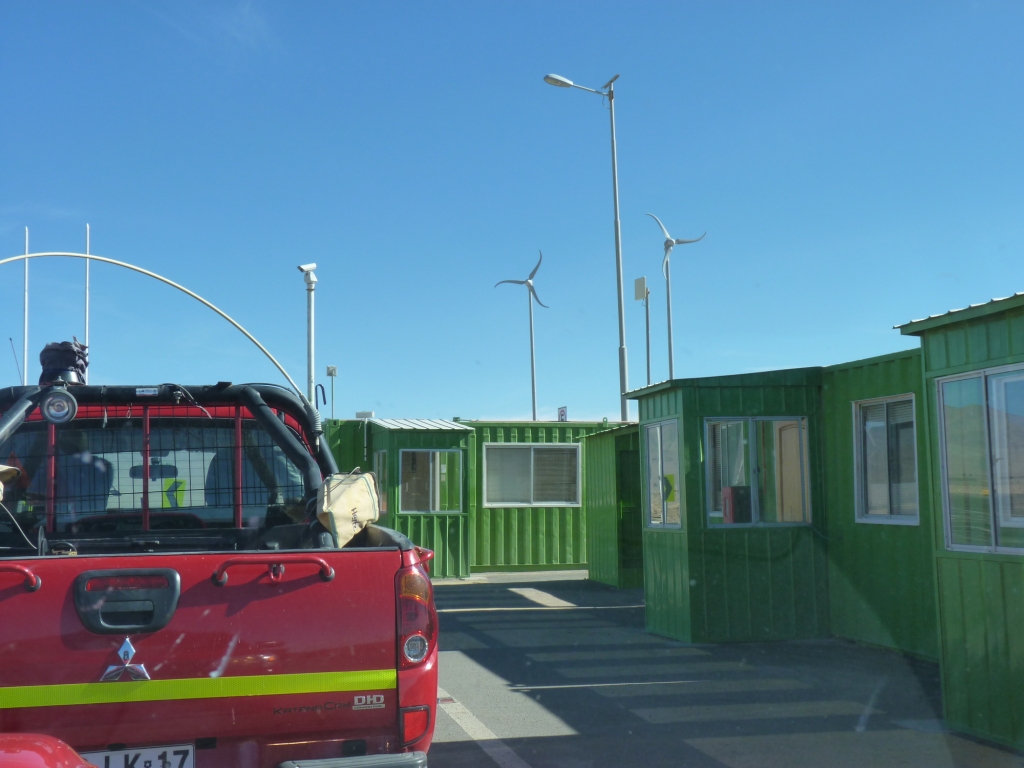(and what to do about it)
During the final months of the year, I’m often approached by UK companies and those from other corners of the world, who are designing their export strategy for the next year. Current and past clients also start working out sales forecasts and want to know what kind of Latin America they will be facing the following year. So here are some thoughts, not only from my analytical background as an economist, but from listening to business people across the whole region every day.
Let me tell you, things won’t be easy. Let’s look at some headlines:
“LatAm growth will remain low in 2015 and will slowly pick up in 2016, though still below the region’s potential level. Unevenness will continue in the region, with Brazil in recession and the Pacific Alliance growing at around 3%” BBVA
“Latin America’s slump to extend into 2016 as Brazil sinks” Reuters
“IMF says Latin America’s economy likely to hit recession before rebounding in 2016” Fox
Basically, expect low growth (and recession in a few cases) but I wouldn’t say that this implies crisis, instability or bad macroeconomic management. Latin American economies are highly cyclical and dependent on what happens somewhere else (China, to be precise, at the moment) so 2016 will be a slow growth year.

Yeah. Watch out.
In this context, remember…
1- Latin America is still a region of 600m consumers, 300m of whom are middle class. These consumers have more purchasing power than ever before. They will feel the pinch, but they won’t certainly cut down on everything they consume, now that new consumption patterns have become the norm.

Once you get used to the “good stuff” there’s now going back.
2- No-one can take away the growth experienced by the region as a whole in the past 10 years. This means that the pressure on infrastructure, energy, communications, transport, education, and so on will still be there. Projects might slow down, but they can’t be stopped. Maintenance is also regularly needed, even in mining, a sector that has been heavily hit.

Mining. Antofagasta, Chile.
3- A tough year or two is no news to a continent used to sharp ups and downs of its economic cycle. Trust the flexibility of your local partners to endure the current situation, get closer to them, offer support and understanding, these can be great times to strengthen your relationship.
4- 2016 can be a great year for exploring new markets, investing in market research, gauging the competition, and establishing strong networks. Sowing the seeds so that you are completely ready for when things get better.

Even he knows it’s time to look at other countries.
5- Are trade/consumer shows worth investing in? The general consensus seems to be that they have gone down in quality and quantity in the current economic climate, particularly because of the regional impact of Brazil, who are officially in recession. If you still decide to exhibit, make sure you negotiate a very good rate. If you are just walking the shows, don’t take them as being terribly representative of your sector.
6- Not everyone is equally harmed by the current crises. Certain countries, regions, segments, businesses or sector will benefit for example from the strong devaluation of local currencies.
7- I personally think that the Brazil recession, as hard as it is for Brazil and for the region, is a perfect excuse for businesses like yours to focus on other markets in the region that might not provide the same scale but that can provide stability and other advantages such as much more open economies. Think of Peru, Chile, Colombia…
2016 will be a challenging year for Latin America. However, inflation, fiscal problems, lower commodity prices, devaluations, political crises, are not alien to us, and the region is better prepared than before to navigate this context. Adjusting your expectations is key, as well as thinking long term. Latin America is ready to face what’s coming. Are you?
